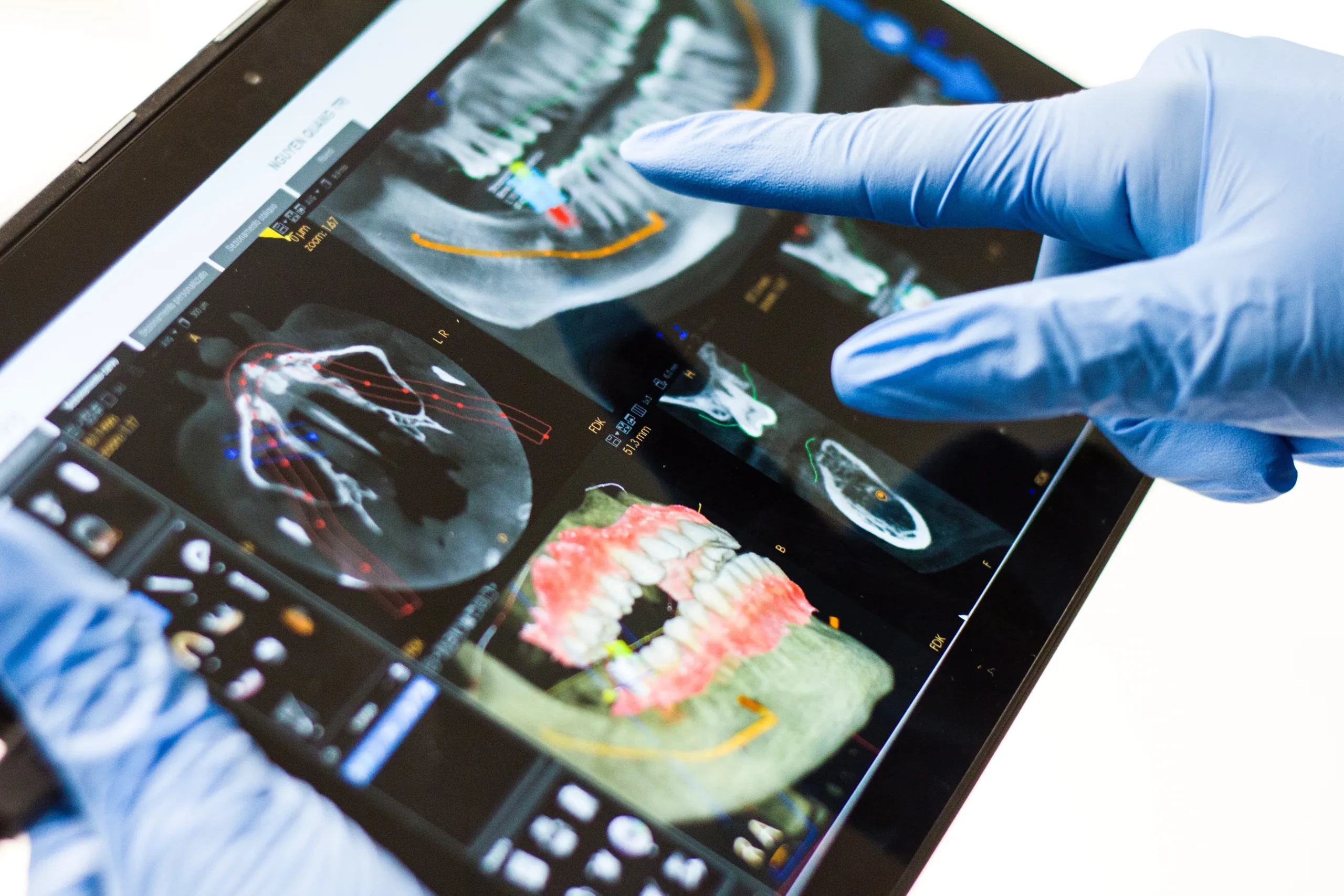A study links vaping to an increased risk of dental caries.

A habit of vaping may result in a stained smile and more frequent trips to the dentist.
Researchers from Tufts University School of Dental Medicine discovered that patients who admitted to using vaping devices had a greater likelihood of getting cavities. There are a lot of teeth that are at risk since, according to CDC surveys, 9.1 million American adults and 2 million teenagers use tobacco-based vaping products.
According to Karina Irusa, assistant professor of comprehensive care and primary author on the publication, the study’s findings on the link between vaping and risk of caries—the dental term for cavities—serve as a warning that this once-seemingly innocent behaviour may be seriously harmful. The American Dental Association Journal released the findings on November 23.
Since the use of vaping devices was associated with lung disease, the public’s awareness of the risks of vaping to overall health has grown. Some dental studies have linked e-cigarette use to higher levels of gum disease indicators and, separately, to erosion of the enamel, the outer layer of the tooth. Irusa claims that even dentists haven’t given much attention to the link between using e-cigarettes and oral health.
According to Irusa, the current Tufts result might just be a small indication of the harm that vaping does to the tongue. “It is still largely unknown how much of an impact oral health, and more specifically dental deterioration, will have,” the author claims. I’m only trying to increase awareness right now, among patients and dentists alike.
Irusa claims that this study is the first to precisely look into the link between using e-cigarettes and vaping and a higher risk of developing cavities. More than 13,000 patients over the age of 16 who had treatment at Tufts dentistry clinics between 2019 and 2022 had their data examined by her and her colleagues.
Irusa discovered that there was a statistically significant difference in the risk levels of dental caries between the e-cigarette/vaping group and the control group, even though the vast majority of the patients claimed not to use vapes. Approximately 79% of the vaping patients and only roughly 60% of the control group were classified as having a high caries risk. Although nicotine-containing devices are more prevalent, the patients who vaped were not questioned whether they utilised THC- or nicotine-containing devices.
It’s crucial to realise that this information is preliminary. Even though this is not entirely conclusive, people need to be aware of what we are observing.
Karina Irusa, an assistant professor of general medicine and the paper’s first author
Irusa believes that further research must be done, and she wants to focus on how vaping impacts the microbiology of saliva.
The sweet substance and viscosity of vaping liquid, which when aerosolized and subsequently breathed through the mouth, clings to the teeth, is one factor why using e-cigarettes could increase the risk of cavities. The characteristics of e-cigarettes with sweet flavours have been compared to those of gummy candies and acidic beverages in a 2018 study that was published in the journal PLOS One. It has been demonstrated that vaping aerosols alters the oral microbiota, making germs that cause decay more hospitable. Additionally, it’s been noticed that vaping seems to promote decay in places where it doesn’t typically happen, including the bottom margins of front teeth. It has an aesthetic cost, according to Irusa.
Dentists should frequently inquire about e-cigarette usage as part of a patient’s medical history, according to the Tufts researchers. That includes paediatric dentists who treat teenagers; in 2021, 7.6% of middle- and high-school students reported using e-cigarettes, according to the FDA/CDC.
A more stringent caries care approach” that can include prescription-strength fluoride toothpaste and fluoride rinse, in-office fluoride applications, and more frequent exams than twice a year is also recommended for patients who use e-cigarettes.
Depending on how severe it becomes, Irusa claims that managing dental caries requires a significant time and financial investment. Once you get into the habit, secondary caries is still a possibility, even if you have fillings, so long as you keep doing it. The vicious cycle is unbreakable.
Ref: https://www.news-medical.net/news/20221123/Study-shows-link-between-vaping-and-risk-of-caries.aspx
If any of the issues discussed in this article are causing problems for you, please do not hesitate to contact us, and we will try to assist you in any way possible.

